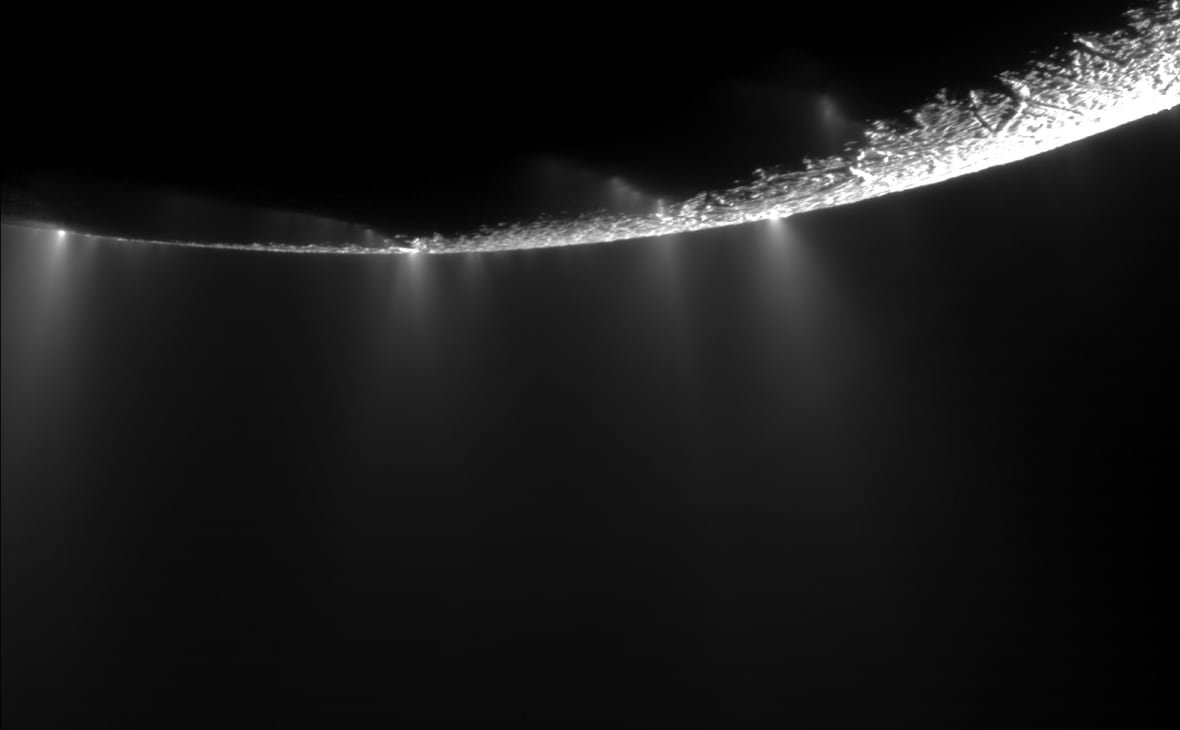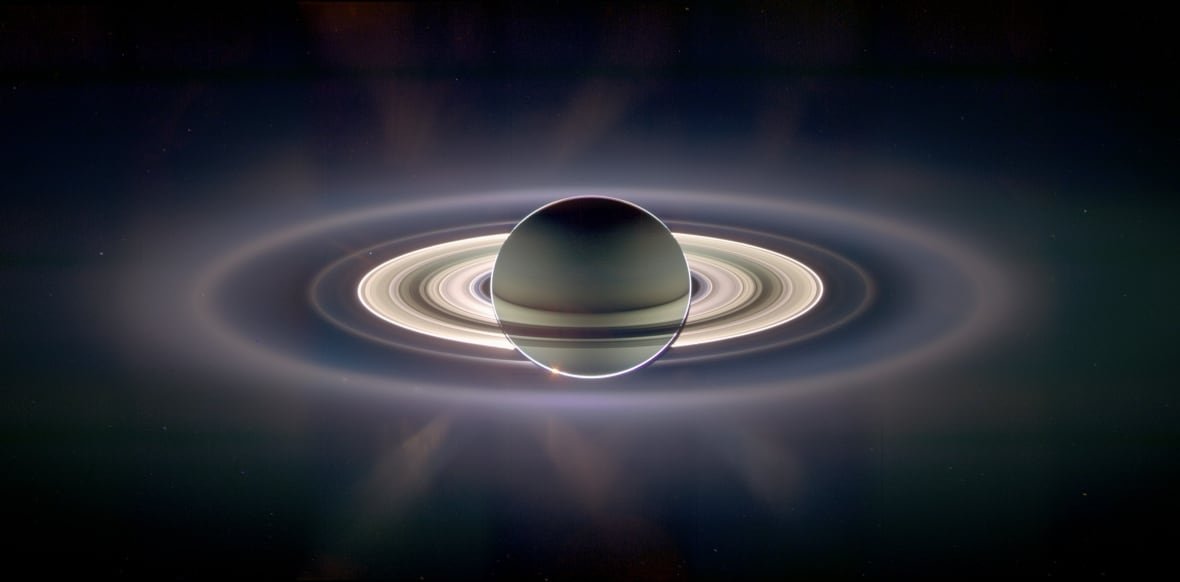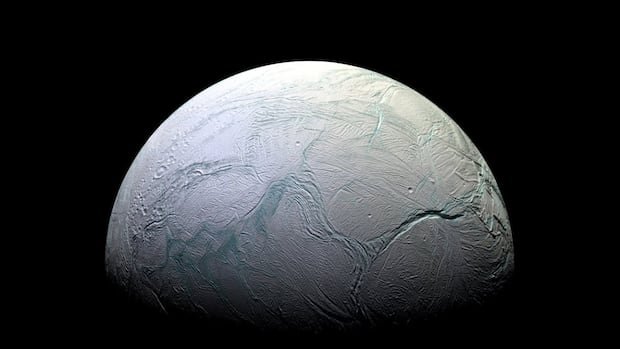A recent study has revealed the presence of new organic compounds in icy plumes erupting from Enceladus, one of Saturn’s moons, raising the possibility of favorable conditions for life on the ocean world.
Researchers analyzed data collected by NASA’s Cassini spacecraft during a close encounter with Enceladus in 2008. This moon, known for its subsurface ocean and geysers near the south pole, has long been considered a promising location in the quest for extraterrestrial life.
While Enceladus is thought to be habitable, scientists caution that there is no evidence of actual life existing there.
“The potential for habitability does not necessarily imply the presence of life. We believe Enceladus could support life, but the existence of life remains uncertain,” explained Fabian Klenner from the University of Washington, a participant in the research.
An international team conducted a fresh analysis of small ice grains sampled by Cassini from Enceladus’ geysers. These newly collected grains were found to be younger and traveled at higher speeds compared to older particles previously detected in Saturn’s rings.

The faster collision speed of the new grains with Cassini’s instruments provided a clearer understanding of the chemical composition present in the icy plumes.
Previous studies had detected organic molecules in the older geyser grains, but concerns were raised about whether these molecules had been altered by space radiation over time.
Upon analysis, scientists found familiar molecules in the fresh ice grains, confirming their origin from the moon’s subsurface ocean, along with the discovery of new chemical compounds. These findings were detailed in a publication in Nature Astronomy.
‘Remarkable Discovery’
Enceladus, a small icy moon with a rocky core and an encapsulated ocean, is believed to have hydrothermal vents on its ocean floor, possibly similar to those found in the Arctic. The moon’s water vapor jets and icy particles can extend for thousands of kilometers into space.
“We are confident that these molecules come from Enceladus’ subsurface ocean, thereby enhancing its potential for supporting life,” stated Nozair Khawaja, the lead author from the Free University of Berlin.
The researchers advocate for future missions to further investigate Enceladus. Although the Cassini mission concluded in 2017, efforts are underway to plan new missions to explore this intriguing moon.

“The presence of diverse organic compounds on a moon with subterranean oceans is truly remarkable,” remarked Fabian Klenner in an email statement.
Plans are underway for

